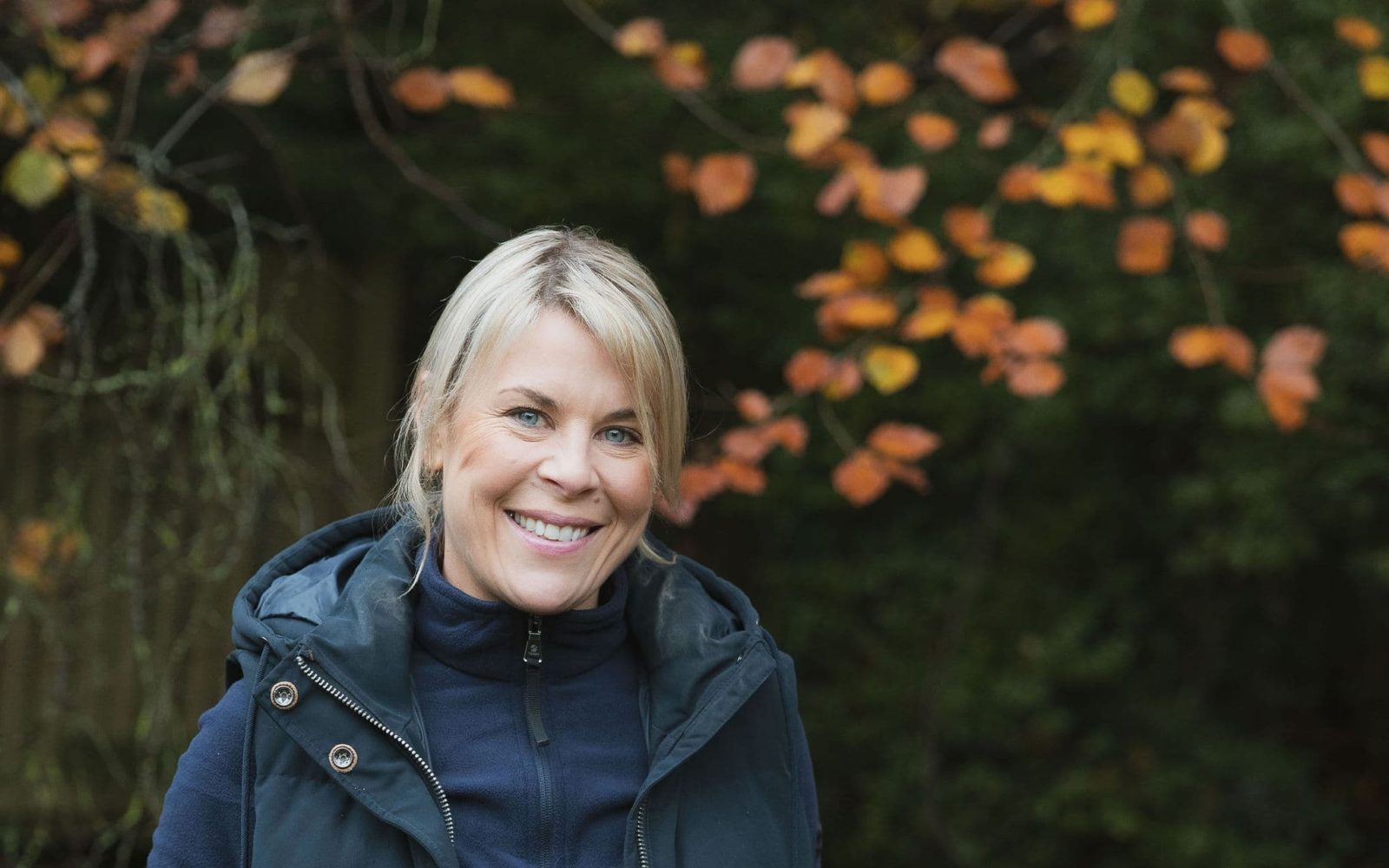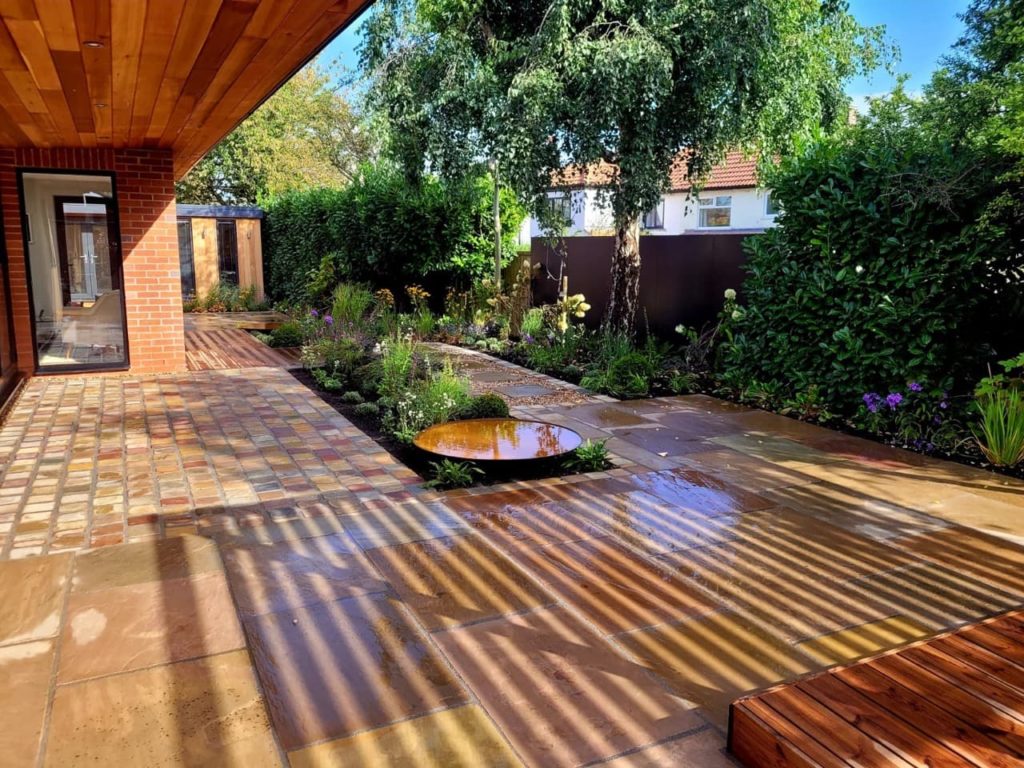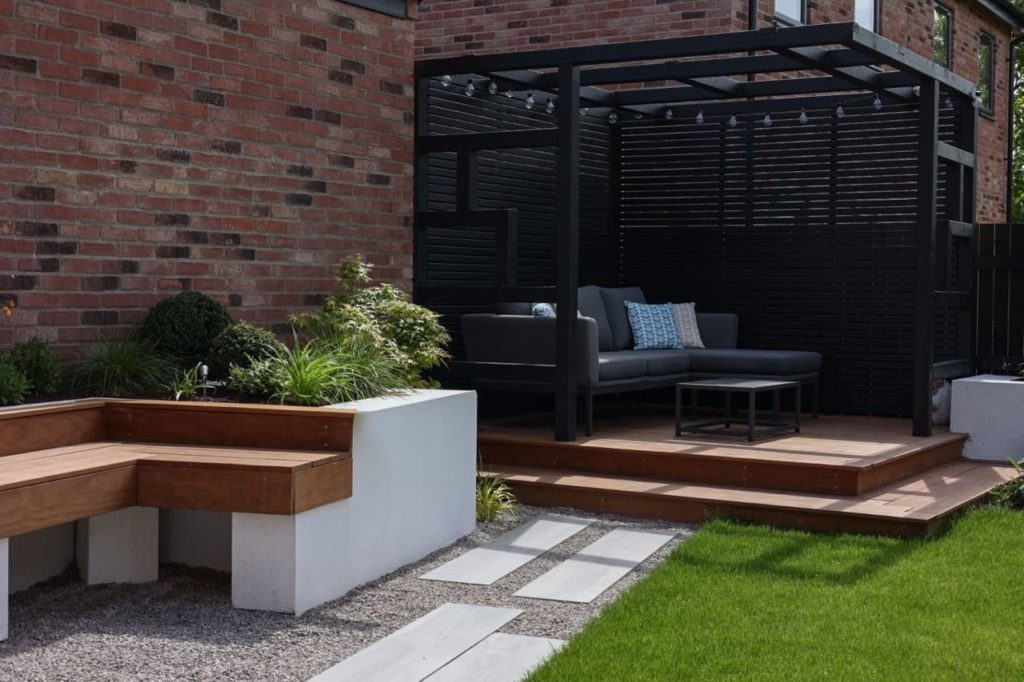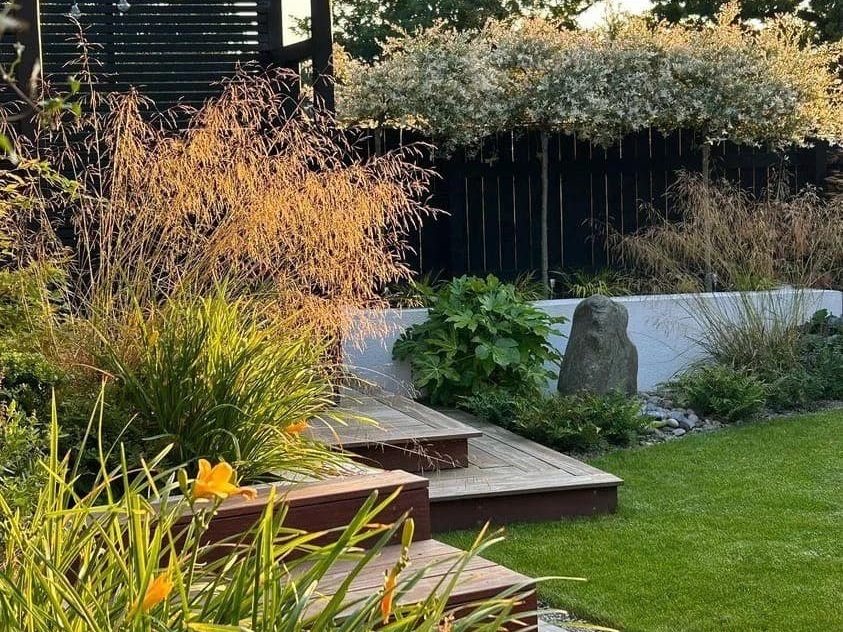Biophilic Garden Design Secrets With Lisa Norton From Harrogate Garden Design

Contributions From LISA NORTON

Lisa Norton is the driving force behind Harrogate Garden Design in North Yorkshire. She is renowned for her expertise in Biophilic Design, holding a Diploma in Garden Design and a Level 4 Certificate in this specialised field. Lisa's accolades include a Gold at the Harrogate Flower Show 2021 and Silver Merit Award from The Association of Professional Landscapers in 2023.
Lisa Norton, the mastermind behind Harrogate Garden Design in North Yorkshire, is a distinguished Garden Designer known for her unique Biophilic approach.
Her designs are not just visually appealing but also aim to enhance wellbeing by connecting people with nature.
As the only Biophilic-qualified Designer in Yorkshire, Lisa’s work stands out by offering a unique blend of aesthetics and functionality for any outdoor space.
Check out my full interview with Lisa on YouTube or read it all below.
Please note that imagery in this article has been provided with permission by Lisa Norton.
Can you briefly explain your journey into garden design?
“I haven’t always done this,” begins Lisa.

“About seven years ago, I changed from a freelance career in sales and marketing. I just got really fed up with feeling like I wasn’t being pushed and doing the same things over and over. I did an interior design course and absolutely loved that, but for some reason, I thought interior design wasn’t right.
“I spent a lot of my childhood in nature and after I started on my own garden, I think it all just spiralled from there. So, I did a Diploma in Garden Design, which was a year-long course, and then I went on to do my RHS level two exams, which were harder than I thought they were going to be, but still very useful.
“More recently, I trained in Biophilic Design Level 4 – which is really helping me to put some kind of wellbeing into my designs.”
can you explain what biophilic design is and why it’s important for you?
“Most people don’t know what it is, which is actually really nice for me because it is like an education piece,” she shares.
Biophilia is quite a new term that came around in the 60s and became more established in the 80s. It basically describes a human’s innate need to be amongst nature and is felt universally by humankind.
“It means [as a concept] that it’s really powerful for every single human on this planet, as we all have [an inherent] need to be in nature – so that we can function physically and mentally at our best.

“Biophilic design looks at garden design from a scientific perspective and focuses on elements of nature that affect us positively, and then works to incorporate that into design principles.”
How does being trained in biophilic design set you apart from other garden designers?
“I think some designers do have knowledge and experience of Biophilic design, it’s part of some of the courses that are out there. However, the fact that I’ve actually done a full Level 4 Qualification in it means that the way I approach everything is from an educated perspective.
“I know that the spaces that I create for my clients will give them the ultimate relaxing experience. This includes where they sit, how they get there, what’s in the pathways and what materials we use.
“It’s great for clients to know that we’ve got the knowledge of it, but then when we create it, it’s lovely because the clients really appreciate the added level of wellbeing that has been thread through our designs.”
is there any project that you’re particularly proud of?
“There was quite a small one that we did which was a 4m x 3m courtyard garden,” Lisa explains.
“When I first visited the space, I wasn’t sure what I was going to be able to do with it! The client wanted a Mediterranean space, so we ended up building a custom water feature using fired earth and Mediterranean-inspired tiles.

“We did some detailing where we put the tiles on the riser of the step and created some ordered complexity. When you’re in a space, the tiny little details give you that elevation.
“We converted it from being a really gloomy, dated courtyard into a spruced-up space that was really functional as well.”
What Do You Envisage In The Future For Garden Design?
“I think we just need to be really mindful of what materials we’re using and where they’re coming from,” she states.
“Buying local materials is the key. It can be quite hard when you’re looking at things like porcelain and stuff like that, but the aim should be to try and reduce emissions, to use natural materials and to recycle things that you’ve already got.
“I also think that things like green roofs and living walls, which I’m really passionate about, can have a huge impact, especially in cities like London where they’ve got a huge urban heat island effect.
“They can really help with wildlife and the air temperature, as well as flooding. Green roofs and living walls are a really good option, particularly if you’re living in cities.”
Are there any upcoming projects that you’re currently working on And would like to share?
“I’m working with a school trust on creating the first fully Biophilic school of its kind in this country. I’ve designed the inside and outside and had free reign with most of the project, which is lovely.

“I feel like I really want to do more in education because I’ve got children at school and I know the education system is struggling quite a bit, so I just want to be able to give some of this knowledge to the kids and the teachers.
“In regards to the garden design, I’m working with a Freelance Designer who has just finished at the Yorkshire School of Garden Design. She’s going to be doing some of the garden design whilst I’m doing some of the work at the school.
“It’s all quite exciting and I’m loving it!”

